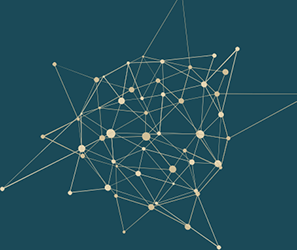Speaker
Description
Theories Beyond the Standard Model (BSM) address the outstanding issues of the Standard Model (SM). These theories predict new particles with different spin and isospin representations within a similar mass range.We consider one such model, the Leptoquarks, well motivated by various anomalies observed in the flavour sector. These particles have integral spins, 0 or 1, and belong to either of the singlet, doublet or triplet representation of the weak isospin. We showed how the spin of a leptoquark pair produced at LHC and FCC, in a $2 \to 2$ scattering can be distinguished from their angular signature at the rest frame of interaction[1]. Such frame can be successfully reconstructed from their decay products. We have also explored the other observables which indicate the spin of the leptoquarks. Once the spin determined, we consider the associated production of leptoquarks with a photon in electron-hadron colliders like LHeC and FCC-he where the notion of the Radiation Amplitude Zero (RAZ) has been exploited to determine the weak isospin representation of the leptoquarks[2]. We have proposed a strategy to segregate the signals of different member of the same isospin multiplets based on electromagnetic charge of the jets, originating from their respective decays. Finally, SM Backgrounds have been estimated and the signal significance for respective processes are calculated to present the reach of these colliders.
References
[1] P. Bandyopadhyay, S. Dutta, M. Jakkapu and A. Karan,
[arXiv:2007.12997 [hep-ph]].
[2] P. Bandyopadhyay, S. Dutta and A. Karan,
Eur. Phys. J. C 81 (2021) no.4, 315
